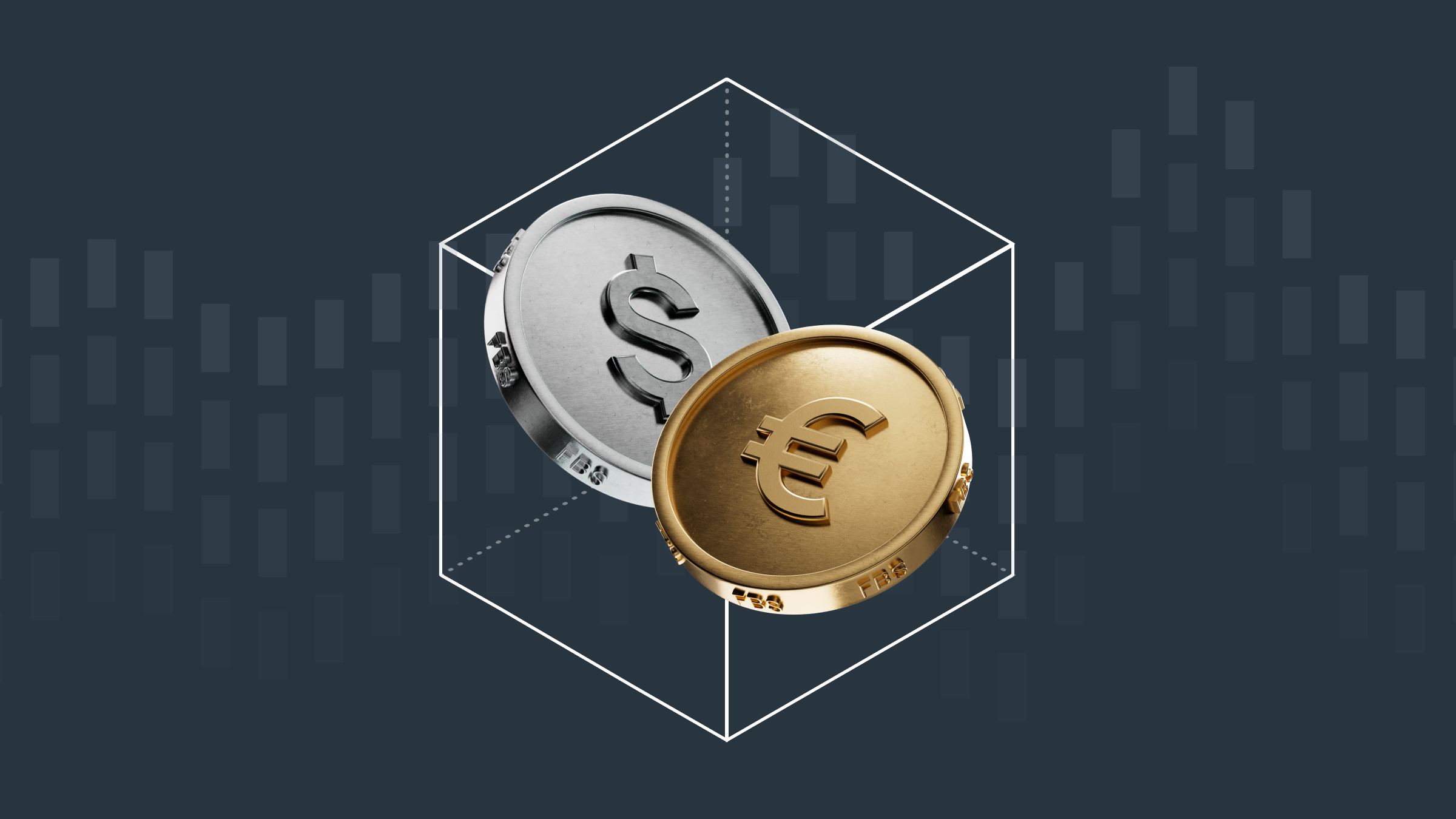The pair’s volatility is notable, especially during market sessions in the USA and Canada. Forex traders should closely monitor economic news from both countries, including employment data, gross domestic product reports, and others, to gauge potential impacts on the currency exchange rate. Moreover, since Canada is one of the world’s largest exporters, CAD positively correlates with the price of oil. Accordingly, USDCAD has a negative correlation with the price of oil.
The high trading volume of this pair results in relatively low spreads.
AUDUSD (Australian dollar/US dollar)
AUDUSD is popular in forex trading strategies because it’s easy to buy and sell due to high trading activity.
This pair is known for sharp price moves, driven by commodity prices like gold and iron ore, interest rate changes, or news from Australia, China, and the US. Its prices can jump during market changes, which makes it appealing for both short-term and long-term trades.
The AUDUSD pair also has low trading costs with tight spreads.
NZDUSD (New Zealand dollar/US dollar)
NZDUSD is particularly influenced by agricultural exports, especially dairy, which makes it sensitive to global trade trends.
Even though it’s not as liquid as some other major pairs, NZDUSD still sees steady trading, especially during the Asia-Pacific market hours. Its price movements are linked to economic data from New Zealand and the US, as well as shifts in risk sentiment globally.
NZDUSD typically has a relatively low spread.
AUDJPY (Australian dollar/Japanese yen)
AUDJPY is a mix of Australia’s commodity-driven economy and Japan’s safe-haven currency.
This pair has steady liquidity, especially during the Asian and Pacific trading sessions. It reacts to shifts in commodity prices, global risk appetite, and interest rate differences between the two countries.
AUDJPY is known for its volatility, which creates both risks and opportunities, especially during market shifts.
With typically low spreads, AUDJPY is a popular choice. Any good forex broker should offer it as part of their platform.
EURGBP (euro/British pound)
EURGBP reflects the relationship between two major European economies.
Both currencies are traded globally, which provides the pair with high liquidity, making it one of the best forex pairs to trade.
Volatility tends to be moderate, driven by economic data from the Eurozone and the UK, as well as political events like Brexit.
With generally low spreads, EURGBP is a stable choice for traders.
GBPJPY (British pound/Japanese yen)
GBPJPY, also known as the "Beast" due to its unpredictable nature, reflects the economic interactions between the UK and Japan and the policies of their central banks.
This pair is highly liquid, which appeals to traders who value ease of execution even during volatile sessions. Its volatility is a defining feature, which is driven by factors such as interest rate changes, Brexit-related updates, and shifts in global risk appetite. GBPJPY reacts strongly to economic data releases and creates opportunities for swing and intraday trading.
Spreads for GBPJPY can be slightly wider than for major pairs because of its volatility.

